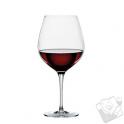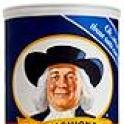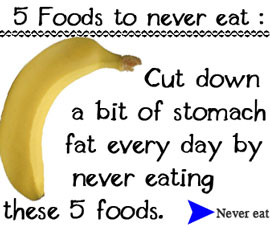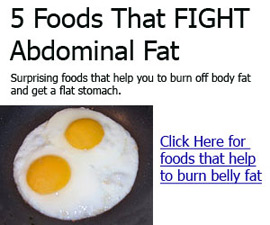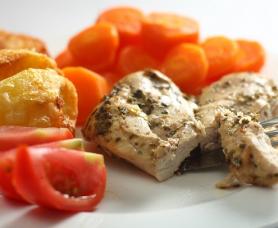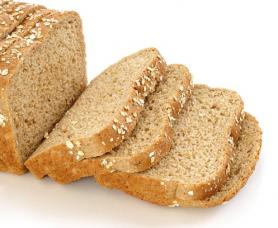One food that most people will only eat on a special occasion, or won’t eat at all due to their belief systems is veal. Veal is often thought to be a more tender form of meat than regular steak, which is what makes it so appealing to the taste buds.
Let’s have a closer look at the nutritional information of veal so you can see how it differs from your usual piece of steak.
Major Nutrients Found In Veal
Veal does tend to be slightly leaner than some of the other beef varieties and still boasts a fantastic serving of protein at almost 30 grams per 4 ounces. Veal is also entirely carb-free so perfect for those who are using very low carb diets.
Veal is low in sodium content and is also a good source of Phosphurs, zinc, and niacin. It also contains some iron as well, so is a good option for those who are facing iron-deficiency anemia. The drawback to veal though is that it is slightly higher in total cholesterol content so if that’s something that’s a concern of yours, then you may want to think twice about adding this to your diet too often.
Storing/Selecting
When selecting veal you’ll want to choose it as fresh as possible to ensure maximum taste quality. Most people usually purchase this in a restaurant rather than preparing it themselves, so if you are going to order it, try and have it grilled rather than fried.
If you are purchasing veal to cook in the home try and prepare it as soon as possible after buying it and if you’re not using it within a day or two, place it in the freezer until use.
Eat It With:
Veal is often served with a baked potato and a side of green beans or asparagus, or serving up with a salad and a bed of rice.
You can choose to consume it any way you would otherwise serve beef however, so don’t limit yourself to just these two options.
Burn Off Calories In Veal
To burn off the number of calories in a serving of Veal you would have to do:
- 17 minutes of handball
- 16 minutes of jumping rope
- 22 minutes of light jogging




